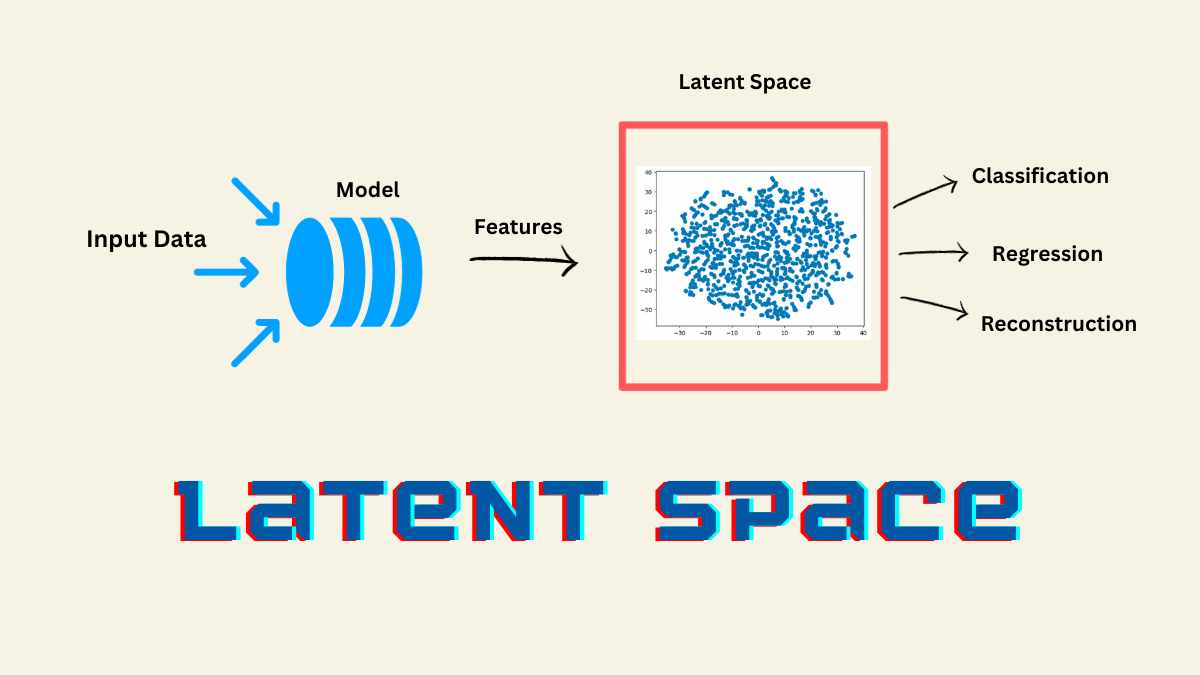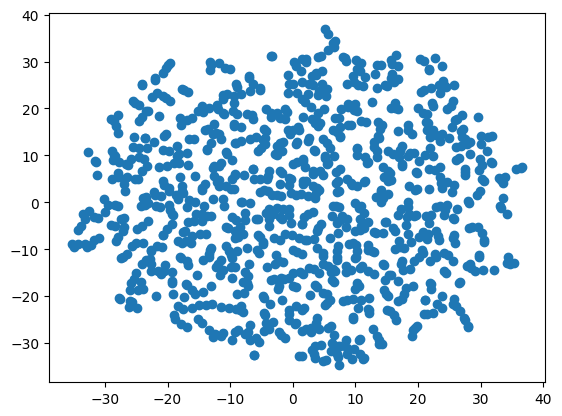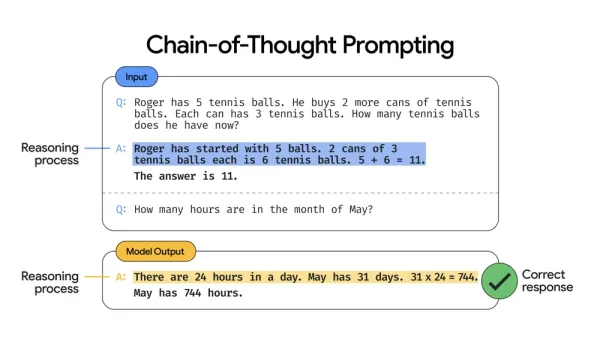A Detailed overview on Latent Space and Representation
A latent space representation of data is a set of vectors, where each vector represents a data point. The vectors are positioned in the latent space in such a way that similar data points are closer together, and dissimilar data points are further apart.

Imagine you are a data scientist working for a company that sells clothes. You have been tasked with developing a system that can recommend clothes to customers based on their past purchases. The problem is that you have a lot of data on customer purchases, but it is all in a very high-dimensional space. This means that it is difficult to find patterns in the data and to make accurate recommendations.
One way to solve this problem is to use a latent space. A latent space is a lower-dimensional space that captures the essential features of the original data. In the case of customer purchases, the latent space could represent things like the customer's style, budget, and preferences.
Let's dive deeper into it. The rest of the articles will explain the following questions.
- What is a latent space?
- What is a latent representation?
- Why do we have to encode the input data in a latent space?
- How do we create latent space?
- Usage
- Comparisons
- Conclusion
What is a latent space?
A latent space is a mathematical representation of the possible combinations of features that make up a data set. The features can be anything, such as the pixels of an image, the words in a document, or the genes in a DNA sequence.
The latent space is typically a high-dimensional space, but it can be compressed into a lower-dimensional space using a technique called dimensionality reduction. This allows us to visualize the latent space and to understand the relationships between the different features.
You can imagine it as the bare minimum data you need to store in order to recognize something. For example, you don't need to remember every detail of a car to recognize it's a car. You already have a general representation of it which helps you recall whenever the information is needed.

What is a latent representation?
A latent representation is a vector of numbers that represents the values of the features in a data point. The latent representation is typically found using a machine learning algorithm, such as an autoencoder.
The latent representation is important because it captures the essential information about the data point in a compact form. This information can then be used for a variety of tasks, such as classification, clustering, and anomaly detection.
Why do we have to encode the raw input data in a latent space?
We use latent space and latent representation for a variety of reasons, including:
- To reduce the dimensionality of data / To compress the data: Latent space can be used to reduce the dimensionality of data without losing too much information. This can make it easier to visualize the data and to understand the relationships between the different features.
- To find patterns in data: Latent space can be used to find patterns in data that would not be obvious in the original data. This can be useful for tasks such as classification, clustering, and anomaly detection.
- To generate new data: Latent space can be used to generate new data that is similar to the existing data. This can be useful for tasks such as image generation, text generation, and music generation.
Suppose you are doing an image classification task, and the input dimensions of the images are 1000 x 1000 x 3 = 3,000,000 which is very hard to learn useful patterns for this much data. However, this can be hugely compressed (encode) from a high-dimensional input space to a low-dimensional latent space using a deep neural network leaving only important traits that would be much faster to process.
How do we create latent space?
Some of the most common techniques include:
- Principal component analysis (PCA): PCA is a linear dimensionality reduction technique that finds the directions of maximum variance in the data.
- Autoencoders: Autoencoders are neural networks that learn to reconstruct the input data from a lower-dimensional representation.
- Variational autoencoders (VAEs): VAEs are a type of autoencoder that learns a probabilistic latent space.
Latent space is often used in machine learning and artificial intelligence to learn complex tasks, such as image recognition and natural language processing. For example, a deep neural network trained to classify images of handwritten digits will learn a latent space representation of the images. This latent space representation will capture the key features of the digits, such as the number of curved lines, the presence of holes, and the overall shape.
Example:
import numpy as np
from sklearn.manifold import TSNE
# Generate some random data
X = np.random.rand(1000, 10)
# Create a t-SNE model
tsne = TSNE(n_components=2)
# Transform the data into latent space
X_latent = tsne.fit_transform(X)
# Plot the latent space representation
import matplotlib.pyplot as plt
plt.scatter(X_latent[:, 0], X_latent[:, 1])
plt.show()
To create a latent space, you can use a machine learning algorithm called a latent variable model. This algorithm will learn to map the high-dimensional data into the lower-dimensional latent space. Once the latent space has been created, you can use it to recommend clothes to customers.
The above code will generate a latent space representation of the random data using the t-SNE algorithm. The t-SNE algorithm is a dimensionality reduction technique that projects high-dimensional data into a lower-dimensional space while preserving the relationships between the data points.
Below is the output which represents the latent space of random data.

Usage
Here are some specific examples of how latent space is used in machine learning and artificial intelligence:
- Image recognition: Deep neural networks trained to recognize images learn a latent space representation of the images. This latent space representation captures the key features of the objects in the images, such as their shape, color, and texture.
- Natural language processing: Deep neural networks trained to process natural language learn a latent space representation of the words and phrases in the text. This latent space representation captures the meaning and relationships between the words and phrases.
- Machine translation: Deep neural networks trained to translate text from one language to another learn a latent space representation of the words and phrases in the two languages. This latent space representation allows the model to translate the text accurately while preserving its meaning.
- Music generation: A latent space can be used to generate music. For example, a latent space could be used to generate new melodies or harmonies.
Comparison with other available solutions
There are a number of other available solutions for reducing the dimensionality of data and finding patterns in data. Some of the most common alternatives to latent space and latent representation include:
- Feature selection: Feature selection is a technique for selecting a subset of features that are most important for a particular task.
- Clustering: Clustering is a technique for grouping data points together based on their similarity.
- Anomaly detection: Anomaly detection is a technique for finding data points that are outliers.
Finally, latent spaces can be used to generate new data samples. This can be useful for tasks such as text generation, image generation, and music generation.
Conclusion
Latent space and latent representation are powerful tools that can be used to understand and manipulate data. They are used in a variety of applications, including image generation, text generation, and music generation.
I hope this article has been helpful in understanding latent space, latent representation, and vector representations. If you have any further questions, please feel free to ask.




